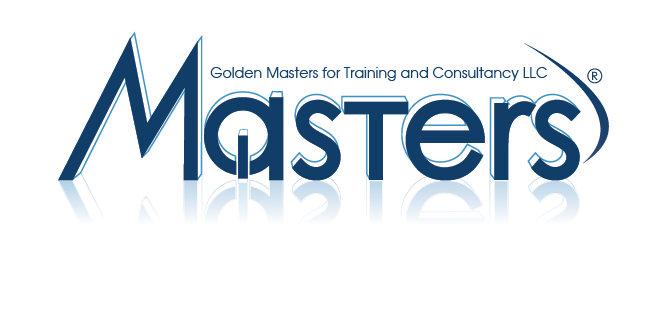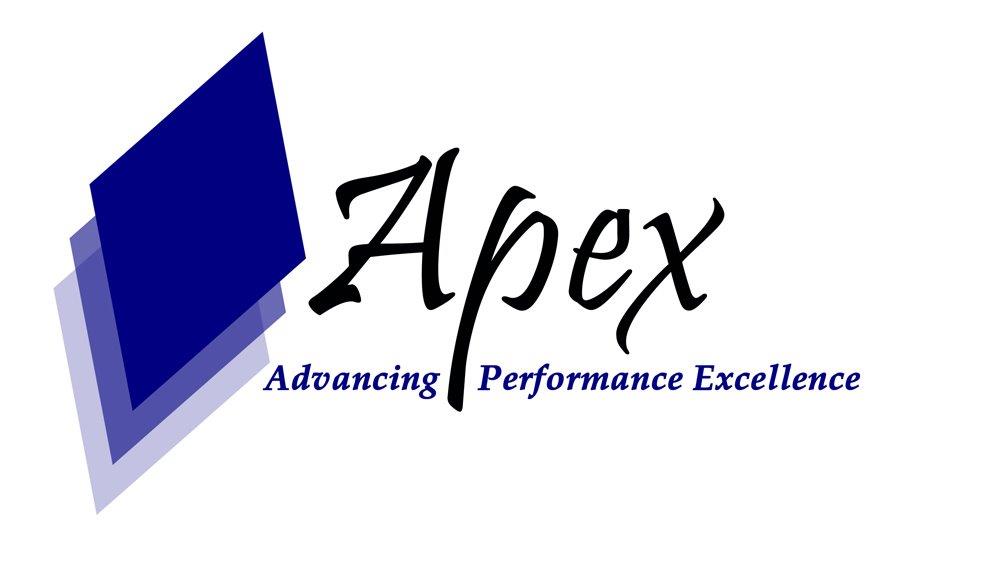This course presents a detailed and comprehensive treatment of operation and maintenance of turbo-machinery. Starting with the fundamentals of thermodynamics and cycle design, the latest trends in development and production of many different types of turbo-machines are covered.
In-depth methods to analyze and explore new operation and maintenance procedures, minimize exhaust emissions, and maximize structural integrity and operating efficiency are presented. The course focuses on:
- Fuel consumption, power output, and exhaust gas emissions
- Structural integrity and component life evaluation
- Operating loads, component deflections, rotor-to-stator rub
- Manufacturing and assembly methods, balancing of rotors
- Test verification of design parameters and fault diagnosis
- Failures arising from cyclical loads and thermal distortion
- Material requirements and selection
The ever-increasing quest for electrical and mechanical power, coupled with stricter restrictions on environmental pollutants, require exacting consideration of natural resources. Creative technological solutions are needed to optimize operation and achieve often times conflicting goals.
This course develops methods to understand the wide range of parameters and take advantage of the latest technical advances. Emphasis will be placed on controlling operating parameters, interpreting and comparing alternatives and obtaining realistic solutions.
Course Objective:
The course focuses on:
- Fuel consumption, power output, and exhaust gas emissions
- Structural integrity and component life evaluation
- Operating loads, component deflections, rotor-to-stator rub
- Manufacturing and assembly methods, balancing of rotors
- Test verification of design parameters and fault diagnosis
- Failures arising from cyclical loads and thermal distortion
- Material requirements and selection
Course Certificate:
Masters Consultant certificate will be issued to all attendees completing minimum of 75% of the total tuition hours of the course.
Course Outline
Introduction – Objectives and overview
- Classification and Construction of Turbo-machines – Aircraft engines, steam and gas power generation turbines, marine turbines, centrifugal air and gas compressors, and pumps
- Major Considerations – Compressor surge and stall, clearance control, turbulence in gas flow, cycle design parameters, fuel characteristics and combustion, operating requirements, noise and emissions restrictions, component life determination, manufacturing methods
- Rotor and Casing Construction – Engineering objectives, shafts, rotor discs, spools, curvic couplings, casing and support design, frame configuration, bearing types and geometry, lubrication, squeeze film dampers, seals
- Blades and Stator Vanes – Through-flow and 3-dimensional construction, flow path layout, airfoil development, dovetail and shroud selection, blade flutter, compressor variable vanes, stress and vibration requirements
- Impellers and Bladed Discs – Radial and axial fluid flow characteristics, hub, disc and shroud definition, aerodynamic performance evaluation
- Combustion System – Types, design features, fuel injection techniques, igniters, swirl inducers, air-fuel combustion, NOx emissions, combustion and flow noise
- Torsional Shaft Vibrations – Stiffness and inertia characteristics, natural frequencies, mode shapes, forcing functions, forced response, vibration absorbers
- Bearings – Rolling element and journal bearings, types and geometry, rotor-bearing interaction, bearing dynamic characteristics, squeeze film dampers, seal construction and operation
- Flexural Rotor Dynamics – Kinematics and dynamics of rotating systems, analytical procedures, rotor and component modeling, support stiffness, critical speed maps, bearing stiffness effects on rotor motion, exciting forces, vibration response, characteristics of unbalance response
- Materials – Steel, titanium, nickel and chrome super alloys, single crystal and directionally solidified alloys, strength, corrosion and wear resistance, creep, rupture, fracture toughness, fatigue, protective and thermal barrier coatings
- Balancing of Rotors – Effect and types of unbalance, vibration measurement, rigid rotor balance, balancing of flexible rotors, balancing methods, balance specifications
- Computer Programs Illustrating Case Histories – Cycle design, thermodynamic analysis, stress analysis, resonant and off-resonant response, single and multi-plane balancing of rotors, rigid and flexible rotors





